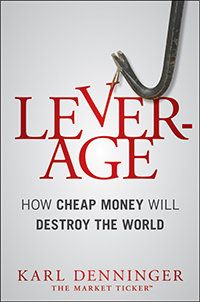Here comes (much) higher auto insurance rates... and this should result in heavy consumer-protection related prosecuting aimed at carmakers -- but it won't.
If you own a new car, there's a good chance that it features some form of keyless security. Whether it helps unlock your car or lets you start it with the push of a button, it makes driving all that bit easier. That's unless it's the reason your car gets stolen. Police forces all over the UK are reporting a rise in keyless car thefts, but a new report released by the Metropolitan Police today suggests that it now accounts for over a quarter of all vehicle thefts across London.
How are they getting in the door?
The claim is that they're breaking in physically and then accessing the ECU via the OBD port, allowing cloning of the key. I'm not sure I'm buying that, although with some vehicles it is probably possible.
Specifically, it is known that certain older VWAG vehicles can have their cluster broken into via a piece of software that is available from various places in China. This results in returning the "secret key" necessary to program new keys into the cluster, and then Bob's Your Uncle.
I think it's reasonable to assume that our "friends" with "most-favored nation" status over in China have this software for other makes as well. In fact, I'd bet on it.
But the simplest way to steal a car with so-called "advanced keys", that is those that you don't have to press a button on a fob to unlock the doors and which has keyless start, is as trivial a paired set of radios and a confederate that gets close enough to you (5' or so) to be able to excite your key in your pocket while his "buddy" stands outside your car's door and pulls the handle. The car thinks the key is next to it and the key thinks the car is next to it; they transmit their coded handshake and voila!
Next said thief sits in the car and hits START. Same thing -- the key talks to the car, the car starts. So long as you don't turn it off you can drive it.
The ugly part of this is that the frequencies aren't secret -- nor can they be, since the fobs and the cars are both intentional transmitters and thus have to operate on specific authorized frequencies. The coding can be secret but that doesn't matter since you don't need to break the code -- just make the key think it's next to the car and vice-versa.
I'll lay odds this is how they're being stolen and it's why when I bought mine I was ok with keyless start but not with a fob that didn't require a press of the button to unlock the doors.
If you have to bust the glass to get in, or use an airbag or other conspicuous tool, it gets a lot harder and greatly increases the amount of time that the confederate has to be near me while the other guy works my car over before he can start it and drive off.
This is what your "convenience" has gotten you folks -- a car that is trivial to rip off for anyone with a modicum of technical ability.
Oops.

